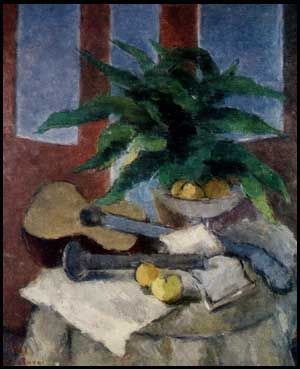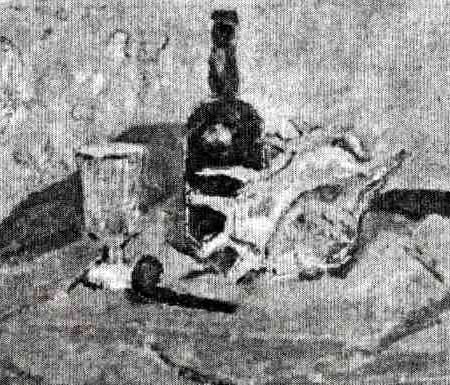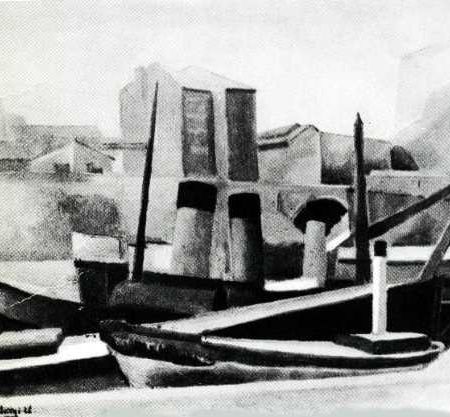Catargi, Henri
(b Bucharest, 6 Dec 1894; d Bucharest, 1976). Romanian painter and draughtsman. He studied painting from 1919 to 1922 at the Académie Julian and the Académie Ranson in Paris under Maurice Denis, Edouard Vuillard, Félix Vallotton and Roger Bissie`re, and also worked in the studios of André Lhote and Marcel Gromaire. For part of his training he painted copies of the Poussins in the Louvre. His early work consisted of austere still-lifes and landscapes, in which the definite outlining of planes and the rhythmic depth of the space aimed to create a three-dimensional effect, in the spirit of the new realism of the 1920s. During this phase Catargi specialized in meticulously modelled local colour. The chromatic range was limited to browns, ochres and white and to a variety of greys, greens and dark reds, applied in smooth layers that absorbed the individuality of the brushstrokes. After 1930, however, he renounced this chromatic asceticism for a lyricism that remained sober and discreet, based on warm but muted tonalities. The colour did not entirely hide the compositional skeleton of the painting, which was often abruptly outlined in black, as in Still-life with Drapery and Shell (1973; see exh. cat., fig. 83). He also made many spontaneous drawings and sketches in ink and watercolour or pencil, and in his last years a series of gouaches of a fresh and rare chromatic sonority. He was best known for his landscapes and still-lifes, and for his depiction of feminine figures in interiors. |




































